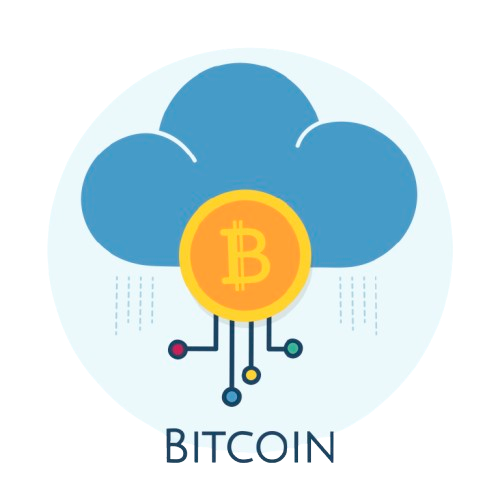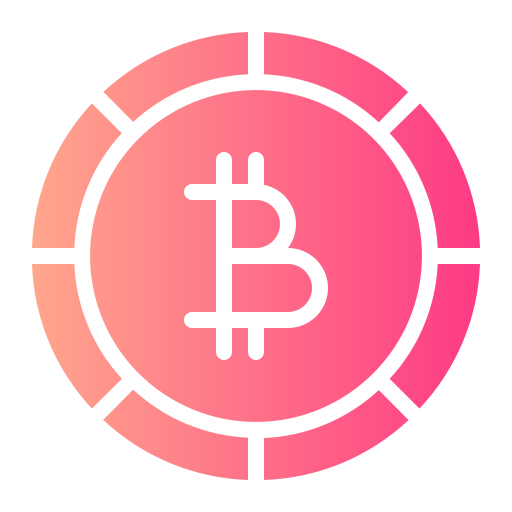
Bitcoin has come a long way since its inception, and as more people use it, the need to scale the network and improve transaction speed has become crucial. With this growth, a few solutions have emerged to help improve Bitcoin’s performance, including forks, sidechains, and rollups. But what are these solutions, and how do they work? This article breaks them down to help you understand their differences and what they mean for your Bitcoin experience.
Overview of Scaling Solutions
If you’ve been involved in Bitcoin for a while, you might have noticed that the network can sometimes be slow or expensive to use, especially when there’s a surge in activity. This is where scaling solutions come in. Scaling refers to making the network more efficient, so transactions can be processed faster, cheaper, and in a more scalable way. Solutions like forks, sidechains, and rollups have been developed to tackle Bitcoin’s growing pains. They all aim to boost Bitcoin’s transaction capacity while still keeping it secure and decentralized, but each of them takes a different approach.
Understanding Bitcoin Forks
Let’s start with Bitcoin forks. When people talk about a “fork,” they’re referring to a change in the Bitcoin protocol that can result in a new version of the blockchain. There are two main types of forks: hard forks and soft forks.

A hard fork is a big change in the Bitcoin network that isn’t backward-compatible with the older version. This means anyone using the old version of the software won’t be able to interact with the new version unless they update. Sometimes, hard forks can even create an entirely new cryptocurrency. For example, Bitcoin Cash came about as a result of a hard fork from Bitcoin.
On the other hand, soft forks are more subtle updates that are backward-compatible. In simple terms, that means even if you don’t update your software, you can still use the network just fine. These updates are usually smaller, such as improvements to the security or efficiency of the network.
For you, as a Bitcoin user, the key takeaway here is that a hard fork might require you to take action—like updating your wallet or managing a new cryptocurrency. Soft forks tend to be more seamless and won’t disrupt your experience, but they can still bring in important upgrades.
Sidechain Technology
Next, let’s talk about sidechains. A sidechain is an independent blockchain that’s connected to Bitcoin, but it operates separately from the main Bitcoin network. This is useful because it allows for different types of features, like faster transaction speeds or more specialized capabilities, without impacting Bitcoin’s main chain.
Here’s how sidechains work: Bitcoin is locked on the main blockchain, and an equivalent amount of Bitcoin is created on the sidechain. This means you can use Bitcoin on the sidechain, but the value stays the same. The sidechain can then experiment with different features—like changing how transactions are validated or trying out new consensus mechanisms—without making changes to Bitcoin itself.
Sidechains open up a lot of possibilities, but there’s a trade-off: since sidechains operate independently, their security model isn’t as robust as Bitcoin’s. So, before you decide to use a sidechain, it’s essential to understand how it works and the risks involved.
Rollup Solutions
Then we have rollups, which are a more recent solution in the Bitcoin space. Rollups allow transactions to be processed off-chain, and only the final result is recorded on the main Bitcoin blockchain. This means that instead of every single transaction needing to be recorded on Bitcoin, rollups “bundle” multiple transactions together and submit them all at once. This helps lighten the load on the Bitcoin network and improves scalability.
There are two types of rollups: Optimistic Rollups and ZK-Rollups (Zero-Knowledge Rollups). Optimistic Rollups assume that transactions are valid unless proven otherwise. This makes them faster but potentially less secure, as fraudulent transactions may go unnoticed. ZK-Rollups, on the other hand, use cryptographic proofs to verify the transactions before they’re added to the blockchain. While this makes ZK-Rollups more secure, it also makes them more complex.
For users, rollups provide a great solution for reducing congestion and speeding up transactions. However, the technology behind them is still relatively new, and implementing them on a larger scale will take time. So, while rollups hold a lot of promise, they come with their own set of challenges to be worked out.
Comparative Analysis
Now, let’s compare the three solutions to see how they stack up in terms of security, scalability, and decentralization.
In terms of security, Bitcoin forks are generally safe, especially when it comes to soft forks. Hard forks can sometimes create security risks, especially if users don’t update their software properly. Sidechains, however, can introduce new security challenges, as they operate separately from the main Bitcoin network. Rollups, particularly ZK-Rollups, are seen as a more secure option since they use cryptographic methods to validate transactions off-chain before submitting them.

When it comes to scalability, rollups are the most effective. By processing transactions off-chain and only submitting summaries to the main chain, rollups can significantly increase the number of transactions Bitcoin can handle. Sidechains also improve scalability, though they require extra infrastructure and may not be as fast as rollups. Forks, particularly hard forks, do not directly address scalability, although they can introduce features that indirectly improve performance.
Regarding decentralization, forks maintain Bitcoin’s decentralized nature, as the community has control over any changes made to the protocol. Sidechains and rollups can sometimes introduce centralization, as the entities running the sidechains or rollups may hold more control over the network. However, if these solutions are designed properly, they can still maintain a good level of decentralization.
Use Cases
Each of these solutions has its own use case. Forks are useful when there’s a need for significant changes to the Bitcoin protocol, especially if those changes address scalability or security issues. Sidechains are ideal for specific applications that need features like faster transactions or more complex capabilities, without modifying the main Bitcoin chain. Rollups are perfect for situations where you need to process a high volume of transactions while keeping costs low and speed high, making them great for high-demand use cases like decentralized finance (DeFi).
User Implications
For you, as a Bitcoin user, each solution has different implications. Forks might require you to update your wallet or pay attention to changes in the network. Sidechains offer new possibilities but come with a bit more risk, as they don’t have the same level of security as Bitcoin’s main chain. Rollups, once fully implemented, could greatly improve transaction speeds and lower fees, making it even easier to buy bitcoin or spend bitcoin in everyday transactions. Just ensure that your wallet and platform are compatible with rollups to take full advantage of these benefits.
For you, as a Bitcoin user, each solution has different implications. Forks might require you to update your wallet or pay attention to changes in the network. Sidechains offer new possibilities but come with a bit more risk, as they don’t have the same level of security as Bitcoin’s main chain. Rollups, once fully implemented, could greatly improve transaction speeds and lower fees, making it even easier to buy bitcoin or spend bitcoin in everyday transactions. Just ensure that your wallet and platform are compatible with rollups to take full advantage of these benefits.
Conclusion
Bitcoin forks, sidechains, and rollups are all solutions that aim to make Bitcoin more scalable, faster, and efficient. Each one has its own strengths and trade-offs. Forks are useful for making significant changes to Bitcoin’s protocol, sidechains offer flexibility and faster transactions, and rollups are designed to help Bitcoin handle more transactions without clogging the main network. As these technologies evolve, they will likely play a critical role in Bitcoin’s future. It’s essential to stay informed and understand which solution might be right for you, especially as the Bitcoin network continues to grow. If you’re a Bitcoin user, make sure your Bitcoin Wallet is updated and compatible with these evolving solutions to take full advantage of what’s coming next.